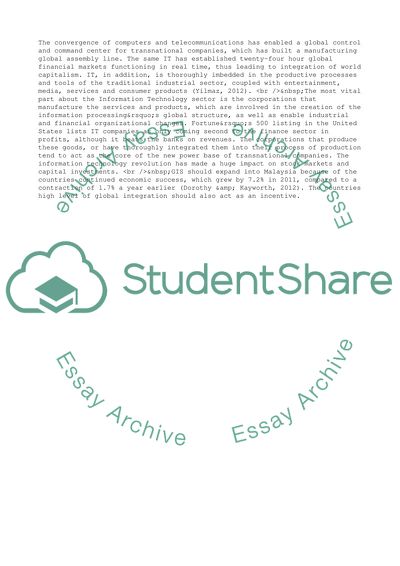Cite this document
(“Global Information Systems: A Strategic Audit Essay”, n.d.)
Global Information Systems: A Strategic Audit Essay. Retrieved from https://studentshare.org/business/1603704-strategic-auditcase-study
Global Information Systems: A Strategic Audit Essay. Retrieved from https://studentshare.org/business/1603704-strategic-auditcase-study
(Global Information Systems: A Strategic Audit Essay)
Global Information Systems: A Strategic Audit Essay. https://studentshare.org/business/1603704-strategic-auditcase-study.
Global Information Systems: A Strategic Audit Essay. https://studentshare.org/business/1603704-strategic-auditcase-study.
“Global Information Systems: A Strategic Audit Essay”, n.d. https://studentshare.org/business/1603704-strategic-auditcase-study.


